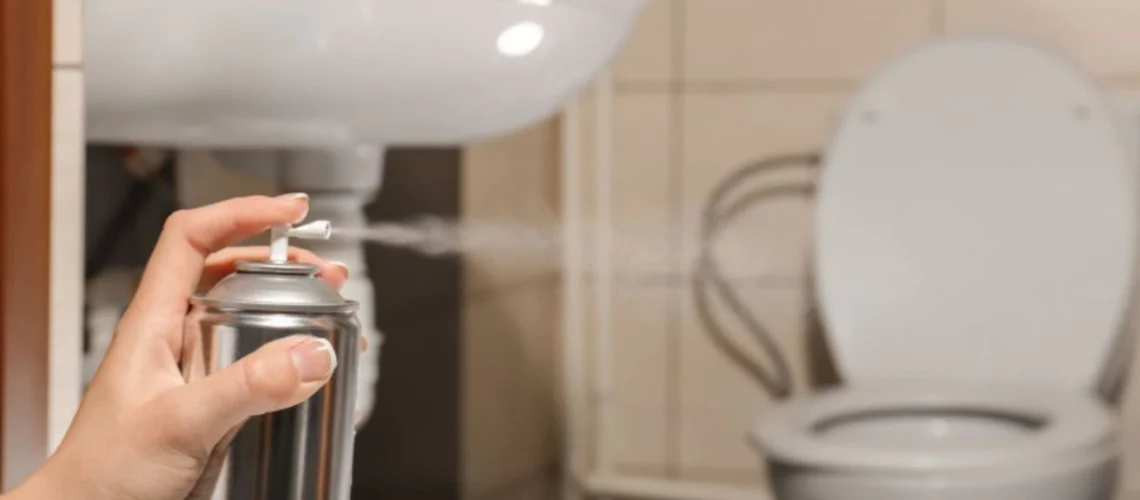A smelly shower drain can quickly turn your relaxing bathroom into an unpleasant experience. Whether it’s a sulfuric, musty, or simply foul odor, the smell usually stems from a buildup of grime, hair, soap scum, or even bacteria. Fortunately, you don’t need to be a professional plumber to tackle this issue. Here are two easy and effective methods to fix a smelly shower drain and restore a fresh scent to your bathroom.
Method 1: The Baking Soda and Vinegar Solution
Step 1: Gather Your Supplies
For this method, you’ll need:
- Baking soda (about 1/2 cup)
- White vinegar (about 1 cup)
- Boiling water
- A small brush (an old toothbrush works well)
Step 2: Pour Baking Soda Down the Drain
Start by sprinkling the baking soda directly into the shower drain. Baking soda is a natural deodorizer and will help neutralize the odors coming from your drain.
Step 3: Add Vinegar
Next, slowly pour the white vinegar into the drain. As it mixes with the baking soda, it will fizz and bubble. This reaction helps to break down grime, soap scum, and other debris that might be causing the smell.
Step 4: Let It Sit
Allow the baking soda and vinegar mixture to sit in the drain for at least 10-15 minutes. This gives the solution time to work its magic and dissolve any buildup.
Step 5: Rinse with Boiling Water
After the mixture has had time to sit, carefully pour boiling water down the drain. The hot water will help wash away any remaining debris and eliminate odors.
Step 6: Scrub the Drain Cover
While the mixture is working in the drain, take the opportunity to scrub the drain cover with the small brush. Often, odors can linger on the cover itself, especially if there is trapped hair or soap scum.
Results
This method is usually very effective at eliminating odors. The combination of baking soda and vinegar works to neutralize smells, while the boiling water flushes out any remaining debris. Repeat this process once a month to keep your drain fresh.
Method 2: The Bleach Solution
Step 1: Prepare the Bleach Mixture
For this method, you’ll need:
- Bleach (about 1/2 cup)
- Cold water (about 1 gallon)
Mix the bleach with the cold water in a bucket or large container. Bleach is a powerful disinfectant and deodorizer, making it an excellent option for eliminating stubborn odors caused by bacteria or mold.
Step 2: Pour the Bleach Mixture Down the Drain
Carefully pour the bleach and water mixture down the shower drain. Make sure to pour slowly to avoid splashing and to ensure the mixture thoroughly coats the inside of the drain.
Step 3: Let It Sit
Allow the bleach solution to sit in the drain for at least 10 minutes. This will give it time to kill any bacteria, mold, or mildew that might be contributing to the smell.
Step 4: Flush with Cold Water
After letting the bleach sit, flush the drain with cold water. This will help wash away any remaining bleach and rinse out the drain thoroughly.
Step 5: Repeat If Necessary
If the odor persists, you may need to repeat this process. However, be cautious not to use bleach too frequently, as it can be harsh on your pipes over time.
Results
The bleach solution is particularly effective for eliminating odors caused by bacterial growth or mold. It’s a quick and powerful fix, but it should be used sparingly to avoid damage to your plumbing.
A smelly shower drain is an annoying but common problem that can usually be fixed with a few simple household items. Whether you choose the natural power of baking soda and vinegar or the strength of bleach, these two methods can help you get rid of the unpleasant odors and keep your bathroom smelling fresh. Regular maintenance, such as monthly cleaning with baking soda and vinegar, can prevent odors from returning and keep your shower drain in top condition.
FAQs
It’s best not to use them together. Mixing vinegar (an acid) with bleach (a base) can create harmful fumes. Stick to one method at a time to avoid any dangerous chemical reactions.
Cleaning your shower drain once a month with the baking soda and vinegar method is generally enough to keep odors at bay. For a deeper clean, you can use the bleach method a few times a year.
If the smell comes back shortly after cleaning, it could indicate a more serious issue, such as a clog further down the pipe or a problem with your plumbing vent. In such cases, it might be best to consult a professional plumber.
While bleach is effective at killing bacteria and mold, it can be harsh on your pipes if used too often. It’s better to use bleach sparingly and rely on the baking soda and vinegar method for regular maintenance.
Besides the methods mentioned, regularly removing hair and debris from the drain cover, using a drain cover screen, and flushing the drain with hot water after each shower can help prevent odors from developing in the first place.



